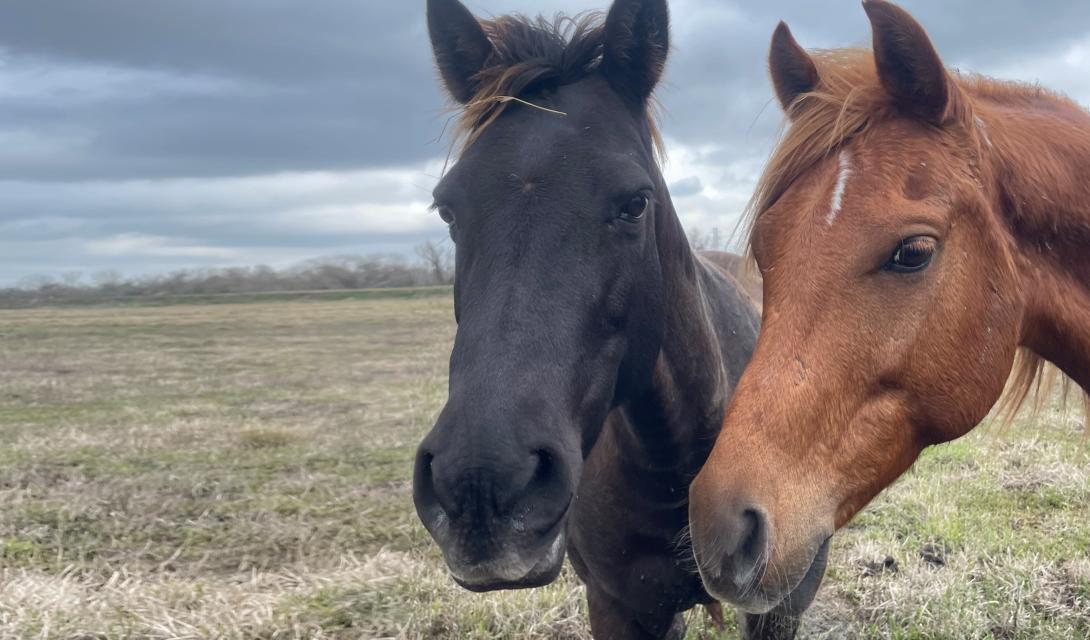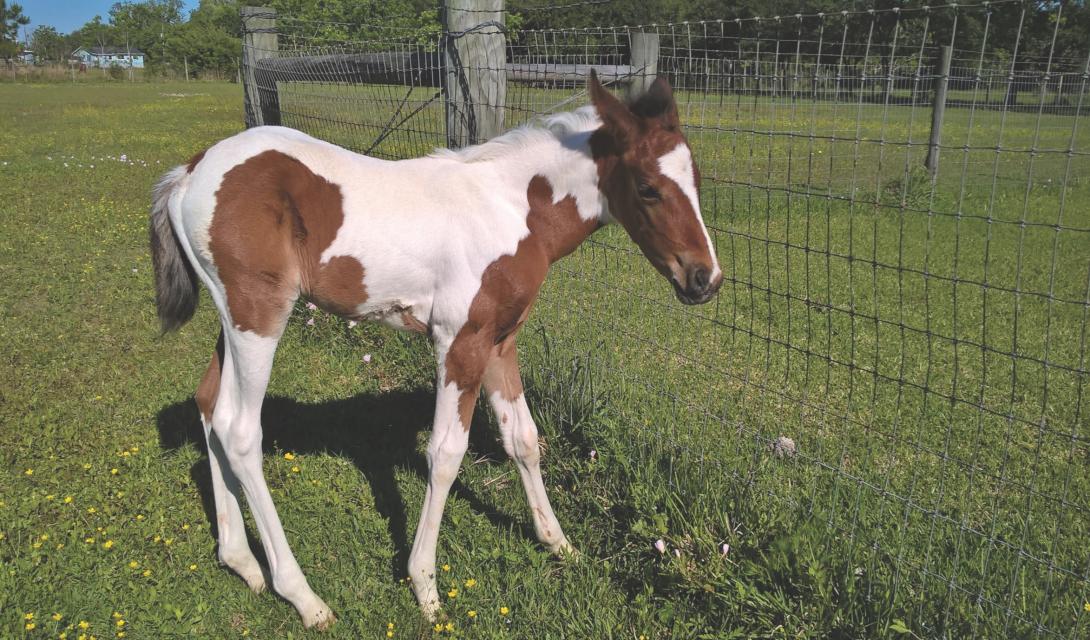Horses Are Amazing
In 1971, Congress unanimously passed the Wild Free-Roaming Horses and Burros Act, recognizing that wild horses “are living symbols of the historic and pioneering spirit of the West” and an “integral part of the natural system of the public lands.” Only one other animal has received this special designation: the American Bald Eagle.
Whether running wild, carrying a rider or enriching our lives as a companion animal, horses are just special to us. Here are a few more interesting facts about horses.
10 Fun Facts about Horses

- Horses were domesticated about 6,000 years ago.
- Species-wise, the closest relatives to a horse are the donkey, zebra, Brazilian tapir and… wait for it… rhino.
- Horses can understand and even interpret human emotions.
- Horses are great communicators when you know what to look for. They use their ears to say whether they’re relaxed, trying to figure out what’s behind them or anxious and alert. You can also learn a lot by how they hold their heads, lips, nostrils and much more.
- Horses can sleep standing up or lying down.
- A healthy horse gallops at about 27 mph (44 kph). But the top speed ever recorded was by a horse named A Long Goodbye during a quarter-mile race. At one point, he reached a speed of 55 mph (88.5 kph).
- The average lifespan of a well-cared for horse is 25 to 30 years. But a horse named “Old Billy” holds the record for longest life. He was born in Lancashire, England, in 1769 and died in 1822 at the ripe old age of 62!
- Horse anatomy is a bit weird. They can’t burp or vomit. And they have no collar bones.
- Horses have a great field of vision. Because their eyes are positioned on either side of their heads, horses can see nearly everything around them… only not very well. Their ability to see details and depth perception is pretty poor.
- When a foal is still in utero, it has a soft covering over its hooves so that it doesn’t damage its mother. This soft tissue is variously called fairy slippers, foal slippers, golden hooves, leaves or gills.

